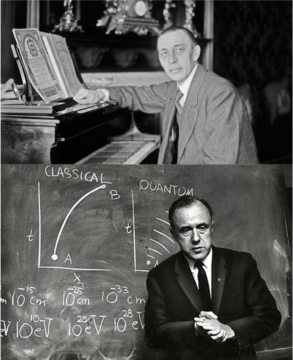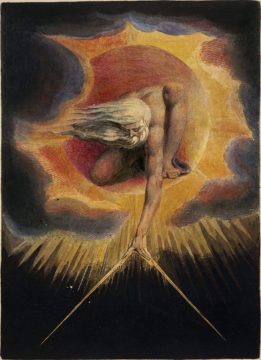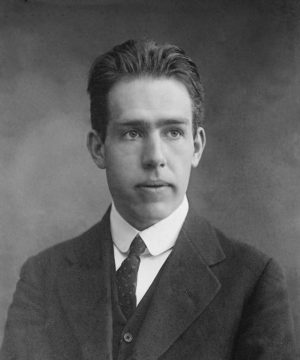by Ashutosh Jogalekar
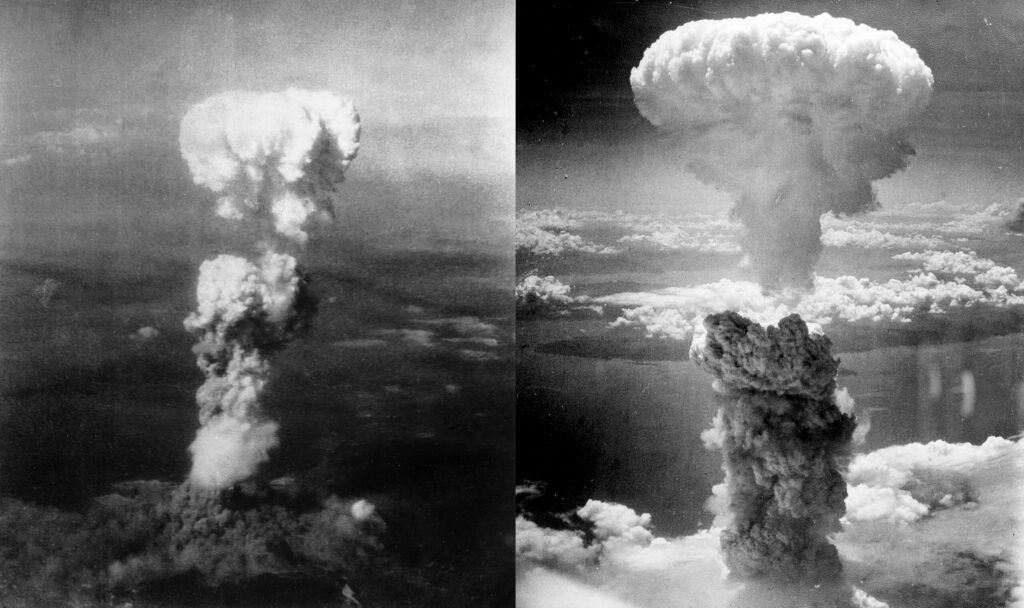
Eighty years ago on August 6, 1945, a blinding flash of light changed the world forever. The shadow of Hiroshima and Nagasaki has been with us ever since. Scientists struggled to make sense of the milennial force they had unleashed on the world. While science had always had some political implications, the advent of nuclear weapons took this relationship to a completely new level. For the first time humanity had definitively discovered the means of its destruction, and the work of scientists had made this jarring new reality possible. Scientists struggled with the new reality just like everyone else. Suddenly they were cast into the limelight as the new mandarins, becoming the politicians’ most important resource almost overnight. They were asked to offer advice on matters of seismic political and world significance for which they had not equipped themselves through their education and research.
Generally speaking, scientists who responded to this new reality fell into two camps. Let’s call them activists and stewards. Neither is meant to be a derogatory description. Neither group is “good” or “bad”, and both were important. To make the distinction clear, let’s consider some concrete examples. Robert Oppenheimer was an activist; Hans Bethe was a steward. Carl Sagan was an activist; Sidney Drell was a steward. Edward Teller was an activist; Herbert York was a steward. Leo Szilard was an activist; Enrico Fermi was a steward.
The primary difference between the two groups was that activists were revolutionary while stewards were evolutionary. Activists believed that the new age of nuclear weapons demanded urgent changes; stewards shared in the activists’ sense of urgency but believed that as painful as reality was, change needed to be worked from within, through institutional structures, through compromises and gradual advances.
The careers of Oppenheimer and Bethe provide a striking and instructive contrast between the two groups. Read more »




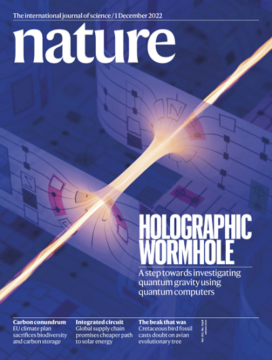
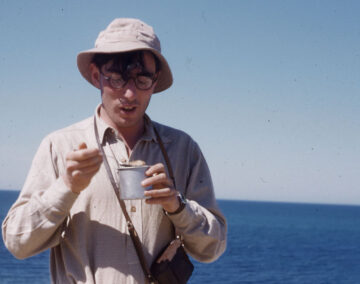

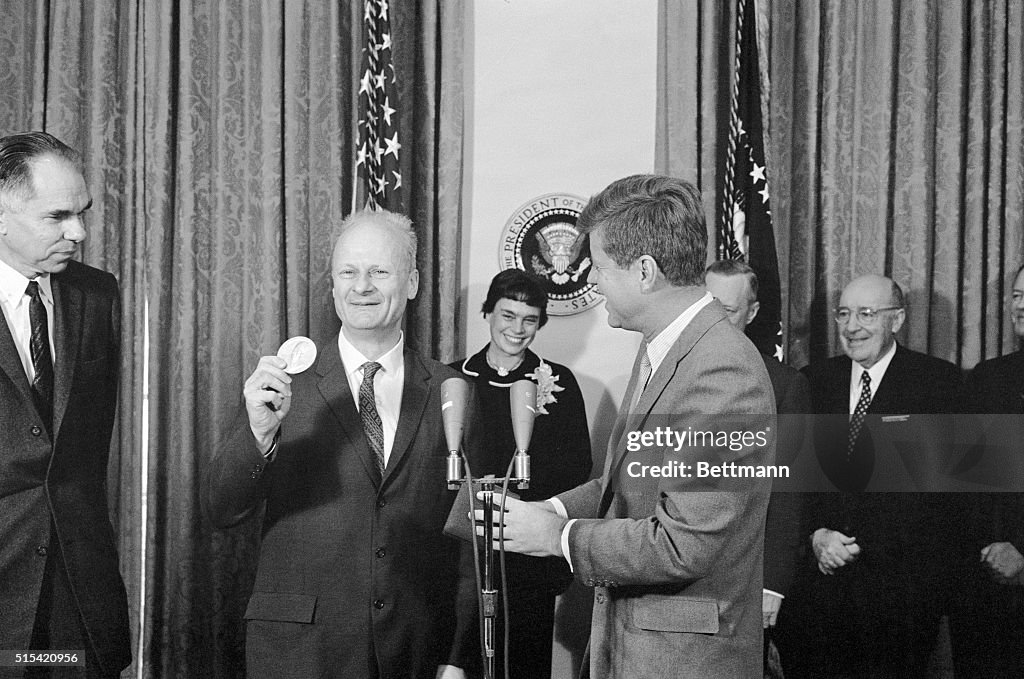
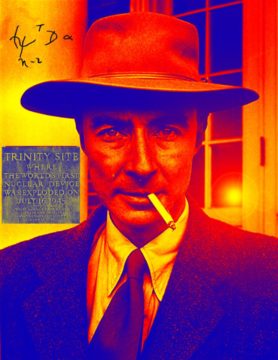
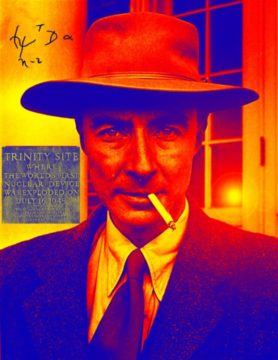
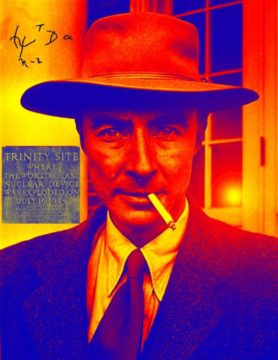
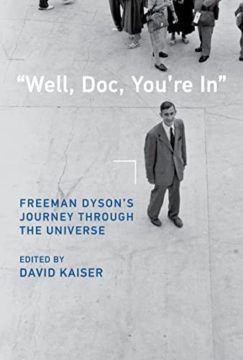 Now there is a
Now there is a 